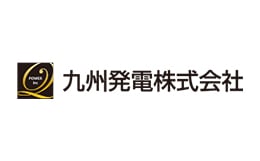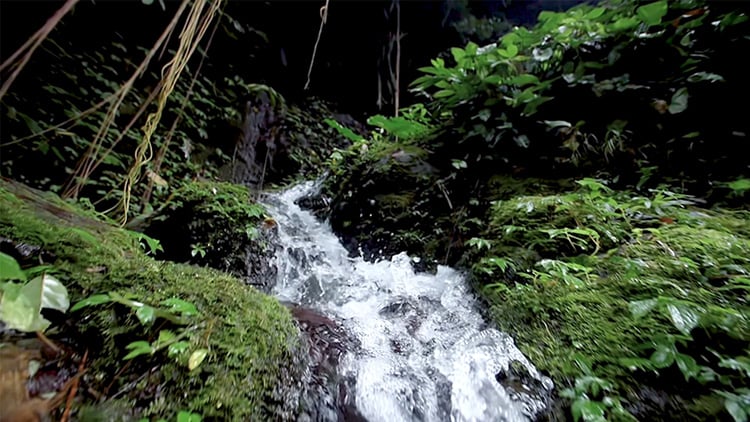POINT In response to a request from Kyushu Hatsuden, which engages in small hydroelectric power generation projects in the Kyushu region, we undertook the development and introduction of a small hydroelectric power generation system for a new power station scheduled for construction. We succeeded in creating an environment that could generate approximately 5% more power than the amount our customer had planned, while assuring rapid response in the event of an unforeseen situation.
Challenges prior to implementation
No progress in business plan due to soaring prices of power generation systems and delayed response by manufacturers
Hydroelectric power generation on a small scale is referred to as "small hydroelectric power generation." In a hydroelectric power generation system, power is generated by a moving water flow and change in elevation, and the system allows effective use of energy sources that are currently overlooked, such as general rivers, agricultural water, erosion control dams, and water and sewage systems. There are a large number of developable areas available and hydroelectric power is a stable energy source that is not very prone to impact from weather. In addition, the country's feed-in tariff system, which went into effect in July 2012, has promoted growth in the number of small hydroelectric power facilities in recent years.
For Kyushu Hatsuden, which specializes in small hydroelectric power generation and builds and operates power stations in Kagoshima and Saga prefectures, the feed-in tariff system serves as an important element in the foundation of its business. On the other hand, the feed-in tariff system was causing an undesirable situation. As a result of implementing this system, the number of similar businesses increased, and demand for power generation systems increased nearly 10 times, causing the prices of power generation systems to soar.
In addition, stronger demand for power generation systems has led to cases in which it took five years from the time a new system was requested to the time of delivery as well as cases in which repairs could not be made immediately in the event of trouble with a power generation system. If the power generator stops due to trouble, it will cause significant damage of hundreds of thousands of yen in just one day. Under these circumstances, Kyushu Hatsuden faced difficulty in deploying new business activities and making progress with its business plan.
Products
Development of a system that could generate more electricity with less flow
Kyushu Hatsuden had constructed five power stations thus far, and was considering, for its next power station, selecting a power generation system from a manufacturer that could respond quickly and flexibly even to unexpected situations.
As such, Kyushu Hatsuden asked for proposals from several companies and conducted a comparative study of proposals received by focusing on several requirements. These included not only reducing installation costs but also ensuring a quick response to system failures and the quality of the power generation system. As a result, Kyushu Hatsuden decided to adopt the proposal from MITSUI MIIKE MACHINERY in recognition of our comprehensive strength as a manufacturer. We were supported by our ability to manufacture water turbines, power generators, and operation panels in-house on top of having met all of the priority requirements.
The small hydroelectric power generation system introduced this time adopts a horizontal Francis turbine. The type of water turbine that can be used differs depending on the change in elevation and the volume of water flow at the installation site. However, the horizontal Francis turbine is characterized by being compatible with a wide range of conditions. Furthermore, the small hydroelectric power generation system developed by MITSUI MIIKE MACHINERY has the advantage of being able to generate a large amount of power with a small flow rate. Although we faced some difficulty controlling the synchronous generator, we were eventually able to complete the system without any major problems.
Post-implementation benefits
Achieving approximately 5% more power generation than planned in the first 10 months of operation
Kyushu Hatsuden completed its new and 6th power station at the end of 2019 and it began full operation. The system has been operating smoothly since its launch, and when the actual amount of power generated was compared with the amount of generation during a 10-month period that Kyushu Hatsuden initially planned, the actual amount of power generated exceeded the plan by about 5%. Kyushu Hatsuden highly recognizes the fact that the business plan was carried out as planned and the results exceeded expectations.
No trouble has occurred at this power station, and there has been no situation in which MITSUI MIIKE MACHINERY needed to demonstrate its ability to respond speedily. That said, having a development base in Kyushu, the same region where Kyushu Hatsuden operates, leads to a great sense of security. We hope this success will be a solid step forward for Kyushu Hatsuden, which is considering constructing a new power station.



